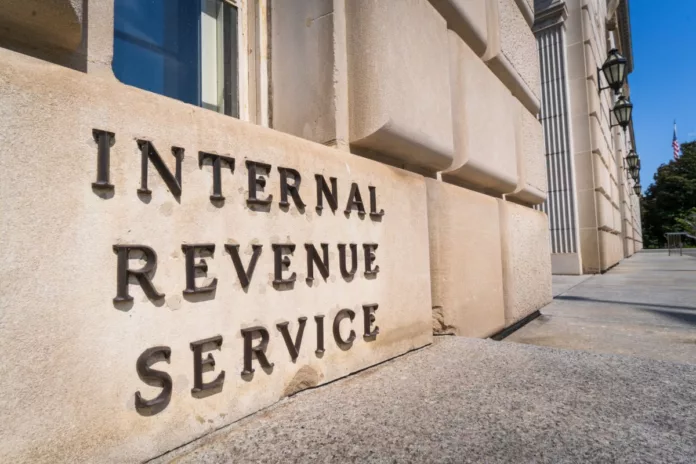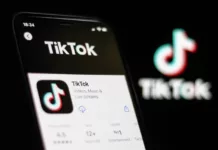
IRS Sending $1,400 Payments Automatically: Are You Eligible?
If you’re wondering if you’re on that list, here’s everything you need to know—straight and simple.
What’s Happening?
Here’s the deal: The IRS found a bunch of people who filed their 2021 tax returns but didn’t claim the Recovery Rebate Credit. That’s money you were supposed to get if you missed out on one of those Economic Impact Payments (aka stimulus checks). Instead of making you jump through hoops, the IRS is just sending the money automatically. No forms, no calls, no extra steps.
These payments will start going out this month and should hit most people’s accounts or mailboxes by late January 2025. The best part? You don’t need to do anything—if you’re eligible, the money’s coming to you.
Who’s Eligible?
So, how do you know if you’re getting this cash? Here’s the breakdown:
- You filed a 2021 tax return.
- You left the Recovery Rebate Credit section blank or wrote $0 when you actually qualified for it.
- You meet the income limits: less than $75,000 if you’re single, $112,500 for heads of household, and $150,000 for married couples filing jointly.
If you check all those boxes, congratulations—you’re in line for a payment of up to $1,400 per person.
How Are Payments Being Sent?
The IRS will use the bank account info from your 2023 tax return to deposit the money. If that account is closed or invalid, don’t stress. They’ll send a paper check to the address they have on file. You’ll also get a letter from the IRS confirming the payment. Keep an eye on your mailbox—it’s your proof in case anything goes wrong.
What If You Didn’t File a 2021 Tax Return?
Haven’t filed yet? You still have a chance to claim this money, but time’s ticking. The deadline to file your 2021 tax return is April 15, 2025. Even if you didn’t earn much or think you don’t qualify for a refund, it’s worth filing. This credit alone could put $1,400 (or more, if you have dependents) in your pocket.
Pro tip: You can check how much stimulus money you’ve already received using your IRS Online Account. This will help you figure out if you’re owed anything.
Why Is the IRS Doing This?
According to IRS Commissioner Danny Werfel, this move is all about making life easier for taxpayers. “We realized that a lot of people didn’t claim this credit, even though they were eligible. Instead of asking them to file an amended return, we’re sending the money directly,” he said. Honestly, this is a rare win for bureaucracy actually helping people out.
What’s the Catch?
There really isn’t one. As long as you’re eligible and filed your 2021 return, you’re good to go. But if your bank account or address has changed since your last filing, you might want to double-check everything with the IRS to avoid delays.
Why This Matters
This initiative is a big deal for people who might’ve missed out on much-needed funds during the pandemic. With $2.4 billion in payments going out, the IRS is aiming to close the gap and make sure everyone gets what they’re owed. It’s also a reminder to always double-check your tax forms—missing a credit like this can cost you.
- IRS Automatic Payments: When and How to Expect Your $1,400 - January 19, 2025
- Call of Duty Season 2 Updates Promise Game-Changing Fixes - January 19, 2025
- Massive Winter Storm to Slam New Jersey with Heavy Snowfall - January 18, 2025














